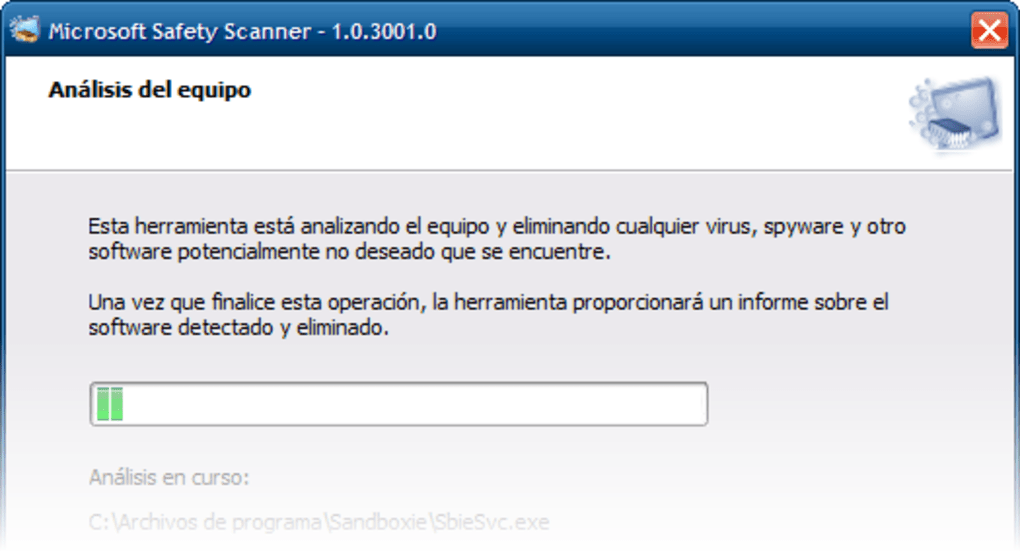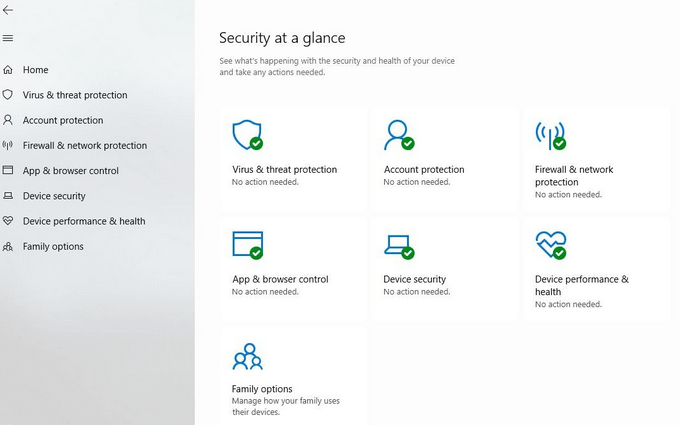

- Microsoft check for malware drivers#
- Microsoft check for malware driver#
- Microsoft check for malware Patch#
- Microsoft check for malware windows 10#
- Microsoft check for malware code#
Microsoft said the rogue driver had a limited impact.
Microsoft check for malware drivers#
Users will get clean drivers through Windows Update.
Microsoft check for malware Patch#
The driver maker, Ningbo Zhuo Zhi Innovation Network Technology, was working with Microsoft to study and patch any known security holes, including for affected hardware. There's no evidence the malware writers stole certificates, and Microsoft didn't believe this was the work of state-sponsored hackers. It's not clear how the rootkit made it through Microsoft's certificate signing process, although the company said it was investigating what happened and would be "refining" the signing process, partner access policies and validation. It passed through the Windows Hardware Compatibility Program (WHCP) despite connecting to malware command and control servers in China, as security researcher Karsten Hahn found days earlier. BleepingComputer says Microsoft has confirmed that it signed Netfilter, a third-party driver for Windows containing rootkit malware that circulated in the gaming community.
Microsoft check for malware code#
We used a sample of Conti ransomware and when it executed from a normal location Microsoft Defender kicked in and blocked the malware.Īfter placing Conti malware in an excluded folder and running it from there, Microsoft Defender did not show any warning and did not take any action, allowing the ransomware to encrypt the machine.Operating system creators offer code signing to help you steer clear of hostile software, but Microsoft may have inadvertently broken the trust that signing is meant to create.
/cdn.vox-cdn.com/uploads/chorus_asset/file/22901373/2021_10_01_16_23_46_Windows_Security.png)
In tests done by BleepingComputer, a malware strain executed from an excluded folder ran unhindered on the Windows system and triggered no alert from Microsoft Defender. Many attackers are already on compromised corporate networks looking for a way to move laterally as stealthily as possible.īy knowing the list of Microsoft Defender exclusions, a threat actor that already compromised a Windows machine can then store and execute malware from the excluded folders without fear of being spotted. This information is more sensitive as it provides exclusions for multiple computers.Ī security architect versed in protecting the Microsoft stack, McNulty warns that Microsoft Defender on a server has “automatic exclusions that get enabled when specific roles or features are installed” and these do not cover custom locations.Īlthough a threat actor needs local access to get the Microsoft Defender exclusions list, this is far from being a hurdle. McNulty also confirmed that one can grab the list of exclusions from the registry tree with entries that store Group Policy settings.

Microsoft check for malware windows 10#
Regardless of their permissions, local users can query the registry and learn the paths that Microsoft Defender is not allowed to check for malware or dangerous files.Īntonio Cocomazzi, a SentinelOne threat researcher who is credited for reporting the RemotePotato0 vulnerability, points out that there is no protection for this information, which should be considered sensitive, and that running the “reg query” command reveals everything that Microsoft Defender is instructed not to scan, be it files, folders, extensions, or processes.Īnother security expert, Nathan McNulty, confirmed that the issue is present on Windows 10 versions 21H1 and 21H2 but it does not affect Windows 11. Security researchers discovered that the list of locations excluded from Microsoft Defender scanning is unprotected and any local user can access it. Since the list of scanning exceptions differs from one user to another, it is useful information for an attacker on the system, since this gives them the locations where they can store malicious files without fear of being detected.

People commonly make exclusions to prevent antivirus from affecting the functionality of legitimate applications that are erroneously detected as malware. Like any antivirus solution, Microsoft Defender lets users add locations (local or on the network) on their systems that should be excluded from malware scans. The issue has persisted for at least eight years, according to some users, and affects Windows 10 21H1 and Windows 10 21H2. Threat actors can take advantage of a weakness that affects Microsoft Defender antivirus on Windows to learn locations excluded from scanning and plant malware there.


 0 kommentar(er)
0 kommentar(er)
